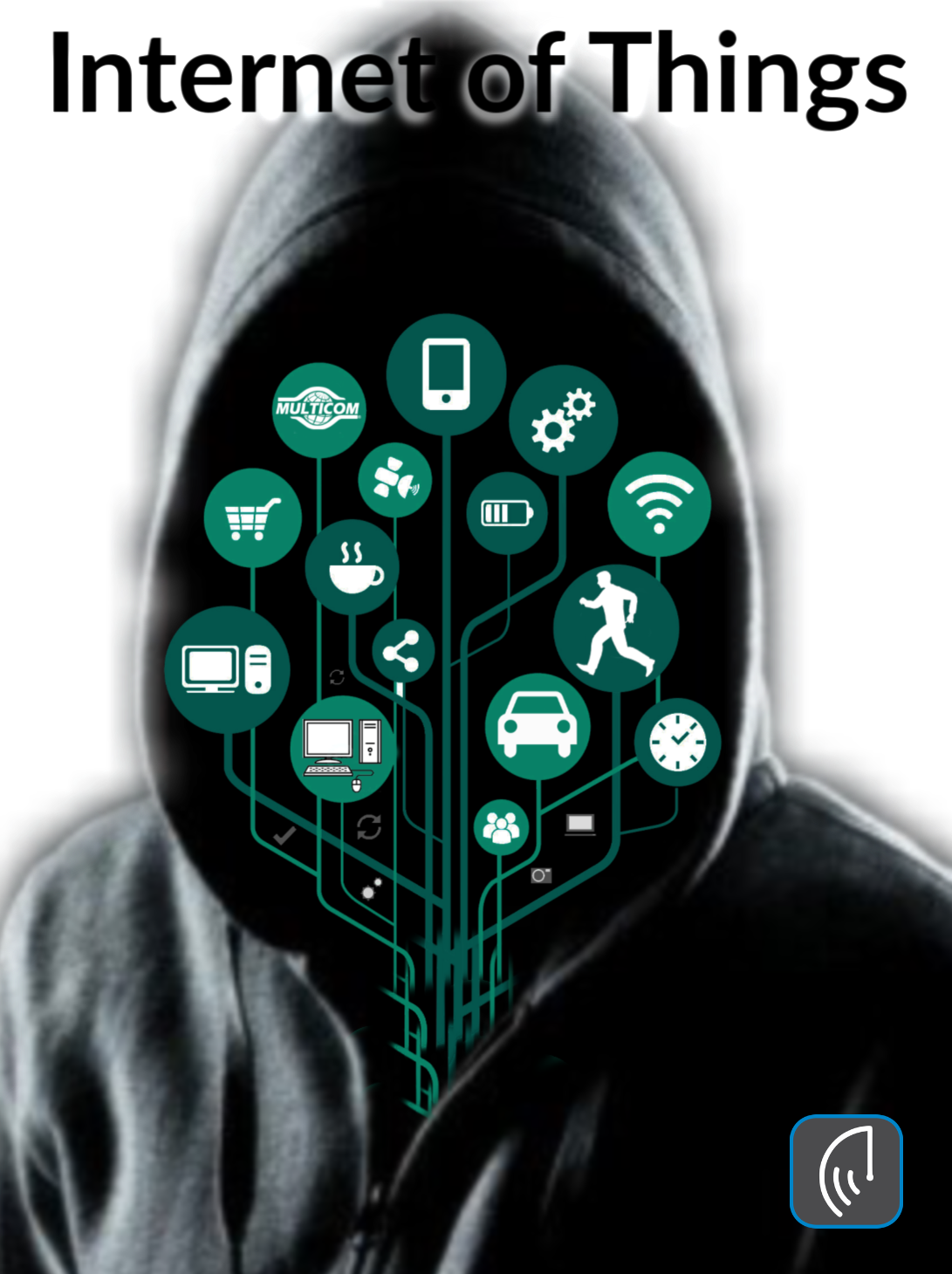Have you ever thought about how installing smart or connected devices such as a residential doorbell or security camera using a Wi-Fi connection can put your personal or business data at risk of being hacked or sold to third parties like advertisers? Personal privacy and the internet of things should be on all of our minds as we continue to become more and more connected.
Day to Day Convenience
An October 1, 2019 article titled Smart Home Devices and Privacy Risk (please see here) states “while ‘smart home’ or internet of things (IoT) devices have become more prevalent and may make every day or business tasks more convenient, they also diminish consumers’ privacy and introduce serious risks, for both users and device developers and manufacturers.”
According to Statista, a leading provider of market and consumer data, there will be 75 billion connected devices worldwide by 2025 (please see here).
Connected Devices
When I think of connected devices I think of business sectors such as
- Utilities (programmable thermostats),
- Residential Security (residential doorbells with surveillance cameras and microphones),
- Smart and Self-Driving Automobiles (onboard computers, infotainment/entertainment systems, and apps) and
- Healthcare (medical devices such as a pacemaker and mobile apps) to name a few.
Benefits
In each instance, these connected business sectors and devices help save money, increase efficiencies and improve our quality of life.
The Risks
The same business sectors and devices can also give hackers and insider threats the opportunity to steal personally identifiable information (PII) leading to any consumer becoming a victim of identity theft.
Think about it, if you can unlock the front door of your house remotely – so can a hacker. If you can start your car or unlock the door locks of your car remotely – so can a hacker?
And if any of your devices or service providers are connected to the cloud to collect, store and/or transfer information – hackers and insider threats can collect, store and/or transfer the same information.
While consumers are excited to have a more connected lifestyle, consumers should also be concerned about the increased risk of identity theft and data breach events.
So what can you do about it?
Consumers can protect themselves in a number of ways including:
- By changing their default usernames and passwords
- Setting strong passwords
- Updating their security software regularly
- Check the device for default privacy and security settings
- Disabling remote access to your IoT devices (where applicable)
Every IoT device comes with a built-in web interface to configure the settings mentioned above. In addition to securing any new smart devices, be sure to configure any existing IoT devices you already have.
Personal Privacy and the Internet Of Things is a concern we should consider seriously and take the precautionary steps needed with these increased risks.
By Mark Pribish
ID Theft Practice Leader
Keywords: #Personal Privacy, #Internet of Things, #Smart Devices, #Identity Theft
